Summer is the perfect time to enjoy the outdoors, whether it’s relaxing with a book, hosting a barbecue, or simply spending time in your garden. But nothing can ruin outdoor fun faster than pesky flies buzzing around your food and personal space. While chemical sprays and repellents can help, they aren’t always the safest option, especially around food or children. Luckily, there are plenty of garden plants that naturally repel flies thanks to their aromatic essential oils. Incorporating these plants into your garden or pots not only enhances your outdoor spaces but also keeps flies at bay naturally.
12 essential plants that naturally repel flies from your garden
Lavender
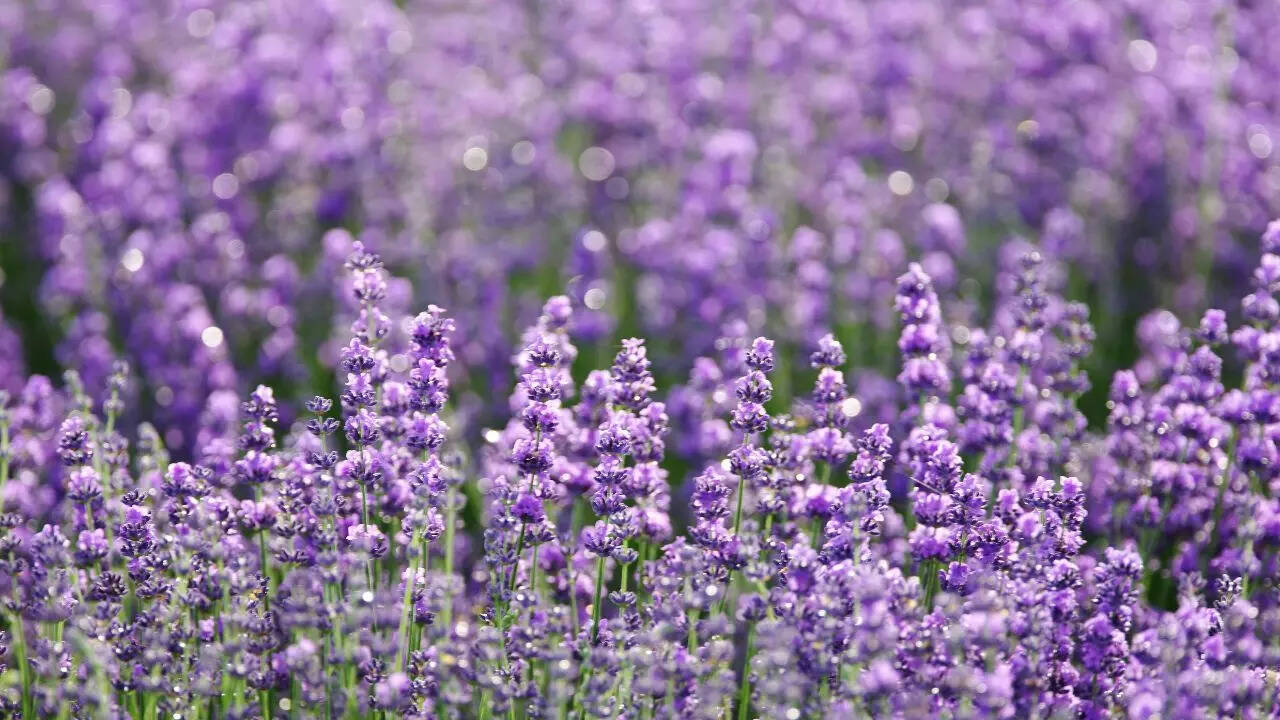
Lavender (Lavandula angustifolia) is widely celebrated for its calming fragrance, which also acts as a natural fly deterrent. While humans enjoy the soothing aroma, flies and other pests find it unpleasant, making lavender a dual-purpose plant for beauty and pest control. English lavender is one of the most popular varieties, thriving in USDA hardiness zones 5 through 9. It prefers sunny spots with well-drained soil and can be grown in containers for patios or balconies. Brushing the leaves lightly releases the essential oils, increasing its effectiveness against flies while also filling your outdoor space with a delightful scent.
Rosemary
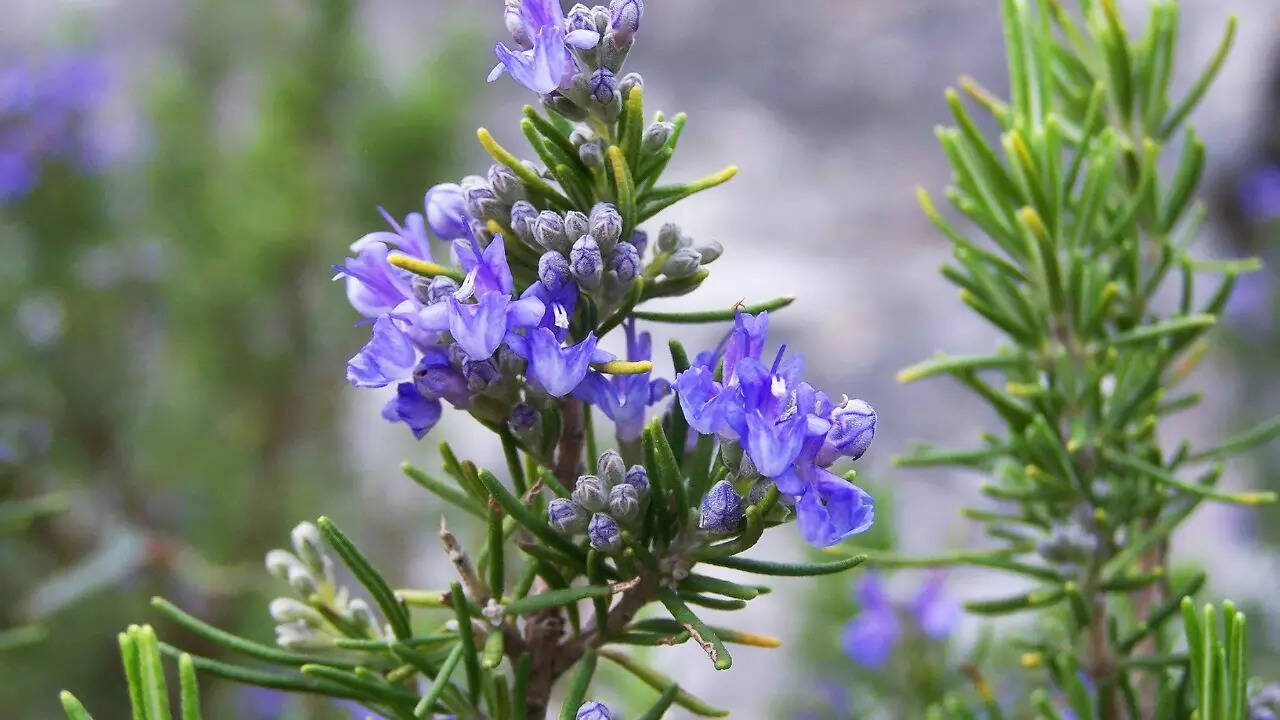
Rosemary (Salvia rosmarinus) is another aromatic herb that can help repel flies. Its strong, pungent scent also keeps slugs and snails away, making it a versatile garden plant. Rosemary thrives in zones 8 through 10 and prefers well-drained soil and full sun. Planting rosemary near other fly-repelling herbs like lavender enhances its effectiveness. Beyond its pest-control benefits, rosemary attracts pollinators such as bees and butterflies when in bloom, adding beauty and biodiversity to your garden. Use rosemary both for culinary purposes and as a natural insect deterrent for your outdoor spaces.
Basil

Basil (Ocimum basilicum) is a fragrant herb known for repelling flies and mosquitoes. Its aroma makes it ideal for planting near entrances, patios, or outdoor dining areas. Basil thrives as a warm-season annual in most regions, and in USDA zone 10 it can grow as a perennial. By creating a natural basil barrier around your outdoor spaces, you can significantly reduce the presence of flying pests. Additionally, basil can be harvested for cooking, allowing you to enjoy both pest control and fresh herbs for your culinary creations.
Mint
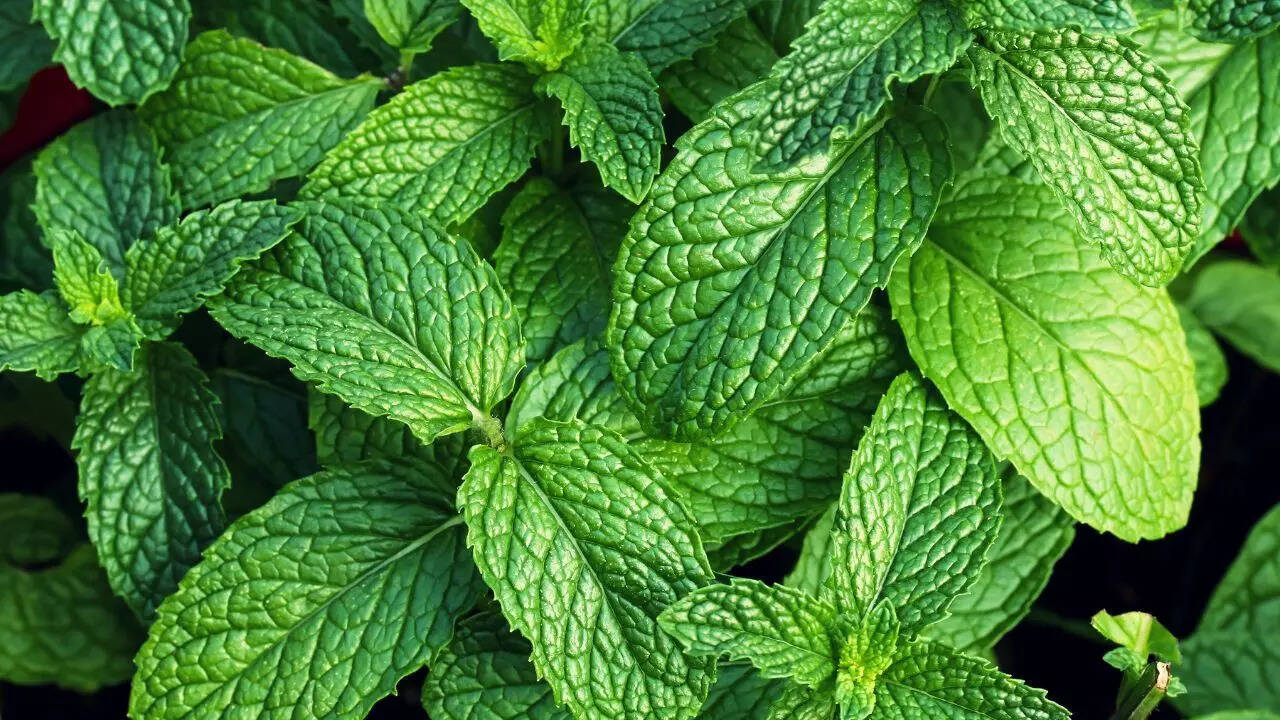
Mint (Mentha spicata) is an aggressive grower, making it best suited for containers to prevent it from overtaking your garden. Mint’s strong aroma naturally repels flies, ants, and other insects, while also being a useful herb for teas and culinary dishes. It thrives as a perennial in zones 4 through 9 and can be grown as an annual elsewhere. By strategically placing mint plants around outdoor seating or food areas, you can enjoy fresh mint leaves while keeping flies at bay.
Pyrethrum daisy

Pyrethrum daisies (Tanacetum coccineum subsp. coccineum) produce pyrethrin, a natural insecticide. These colorful flowers not only add beauty to your garden but also help deter flies effectively. Pyrethrum daisies grow as perennials in zones 3 through 7 and are perfect for flower beds or cut flower gardens. Take care when handling them, as their sap can cause contact dermatitis in some individuals. These daisies combine aesthetic appeal with practical pest control, making them a must-have in any fly-resistant garden.
Garlic

Garlic (Allium sativum) is known for its pungent aroma, which flies dislike. Planting garlic among vegetables or other plants can act as a natural fly deterrent while also providing edible bulbs for cooking. Garlic grows well in zones 4 through 9 and can thrive in pots or garden beds. Its tall green leaves and impressive flower heads add visual interest to your garden, and its natural insect-repelling properties make it a practical and attractive choice.
Catmint
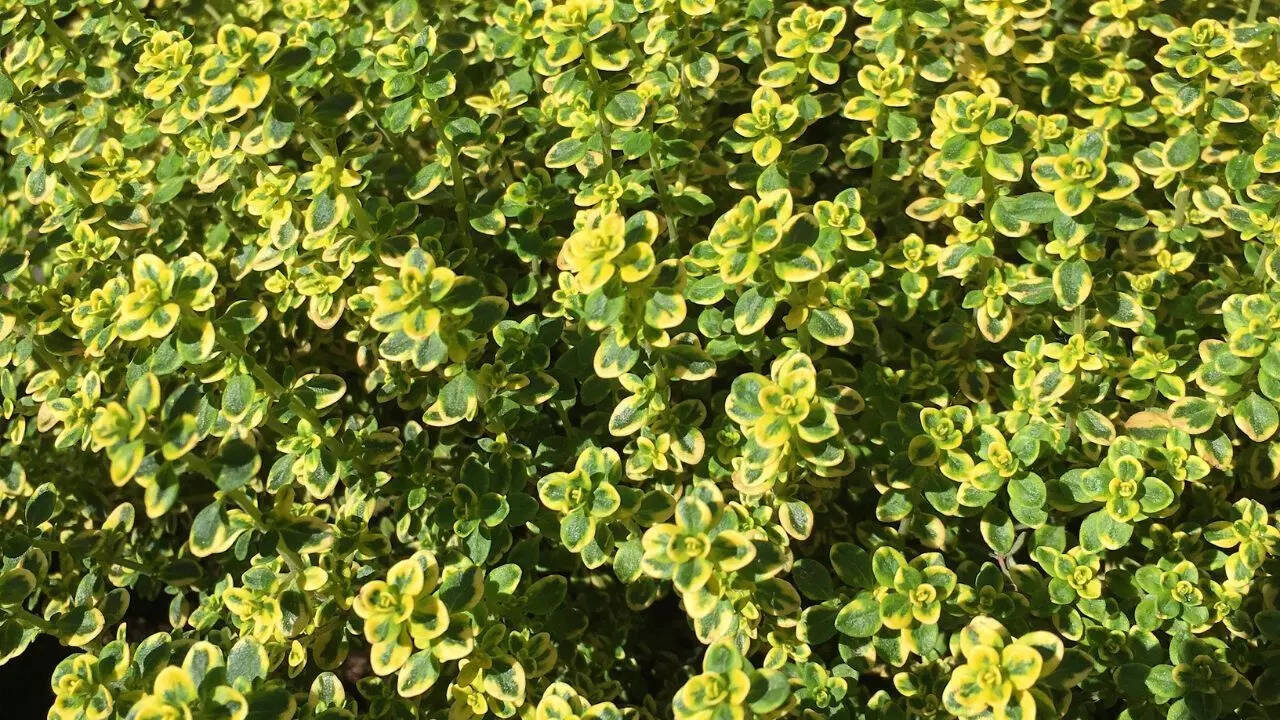
Catmint (Nepeta cataria) is a perennial herb related to mint, with aromatic leaves that repel flies and mosquitoes. While cats love it, pests tend to avoid it entirely. Catmint grows aggressively in zones 3 through 9, making container planting a good option for controlling its spread. Its vibrant blooms attract pollinators such as bees, providing ecological benefits while protecting your outdoor spaces from insects.
Lemon thyme
Lemon thyme (Thymus citriodorus) has a citrusy fragrance that repels flies, mosquitoes, and even deer or rabbits. It grows best in zones 5 through 8 and can serve as a drought-tolerant ground cover. Lemon thyme reaches a maximum height of 12 inches and produces showy pink flowers that attract pollinators. Its strong scent and compact growth make it ideal for borders or container gardens where pest prevention is desired.
Marigolds
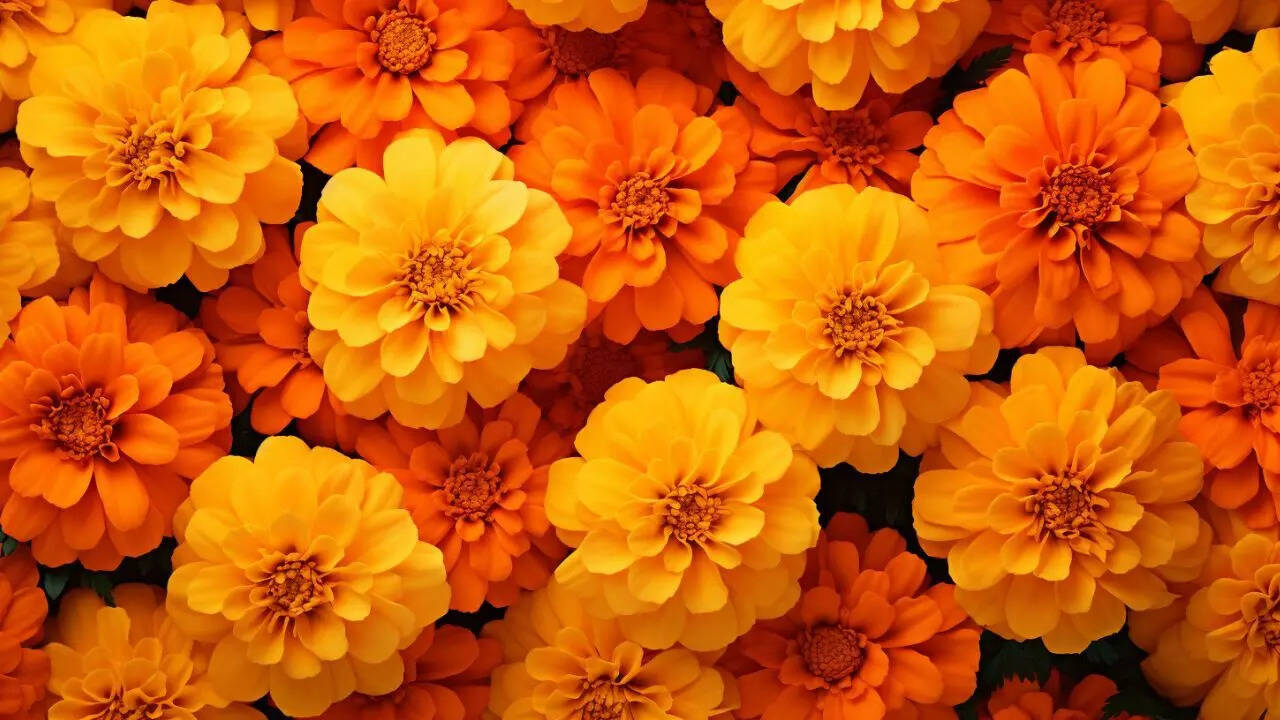
Marigolds (Tagetes erecta) are classic garden plants known for their strong scent, which repels flies, mosquitoes, and other pests. They are easy to grow from seeds in zones 2 through 11, thriving both in garden beds and containers. Marigolds also attract butterflies and hummingbirds, providing beauty and biodiversity alongside their insect-repelling properties. Planting marigolds around vegetable gardens can protect crops naturally without chemicals.
Nasturtiums
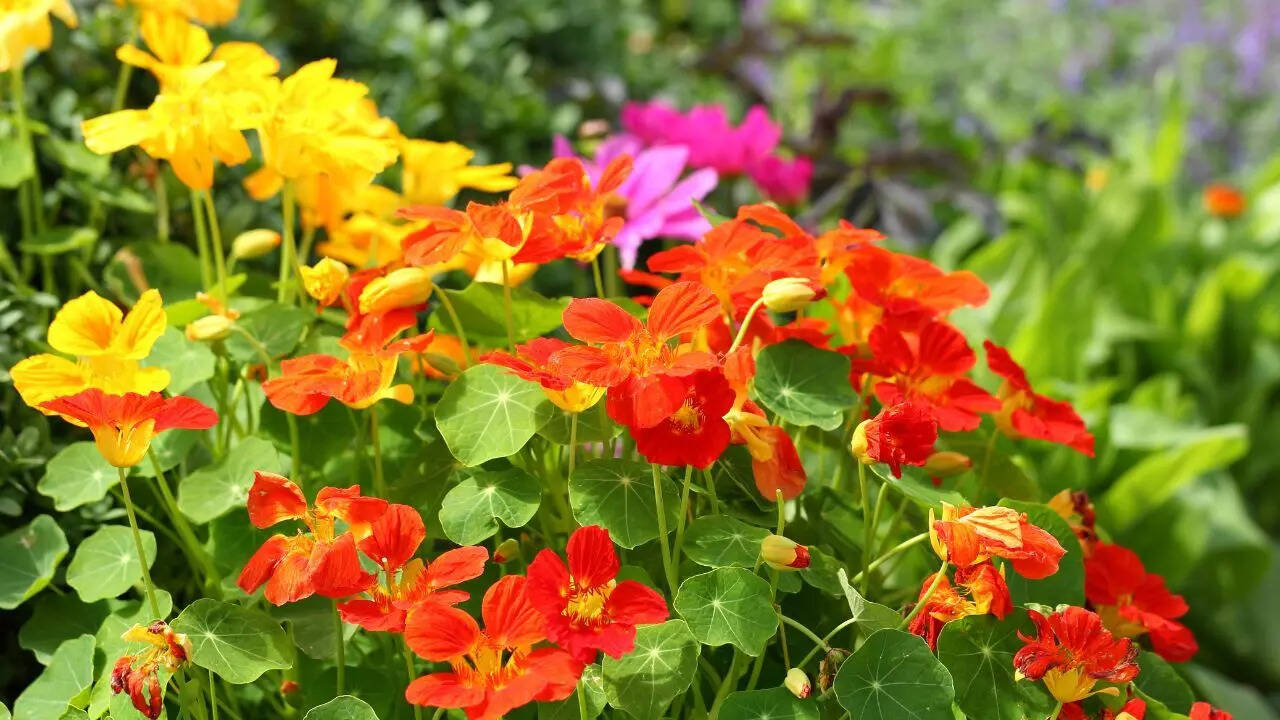
Nasturtiums (Tropaeolum majus) have spicy-scented leaves that deter flies and other pests such as squash bugs. They grow as annuals in zones 2 through 11 and come in compact bushy forms or sprawling vines, making them versatile for garden beds, hanging baskets, or trellises. Nasturtiums also produce vibrant flowers that can be eaten in salads, adding both beauty and c ulinary value while keeping flies away.
Lemongrass
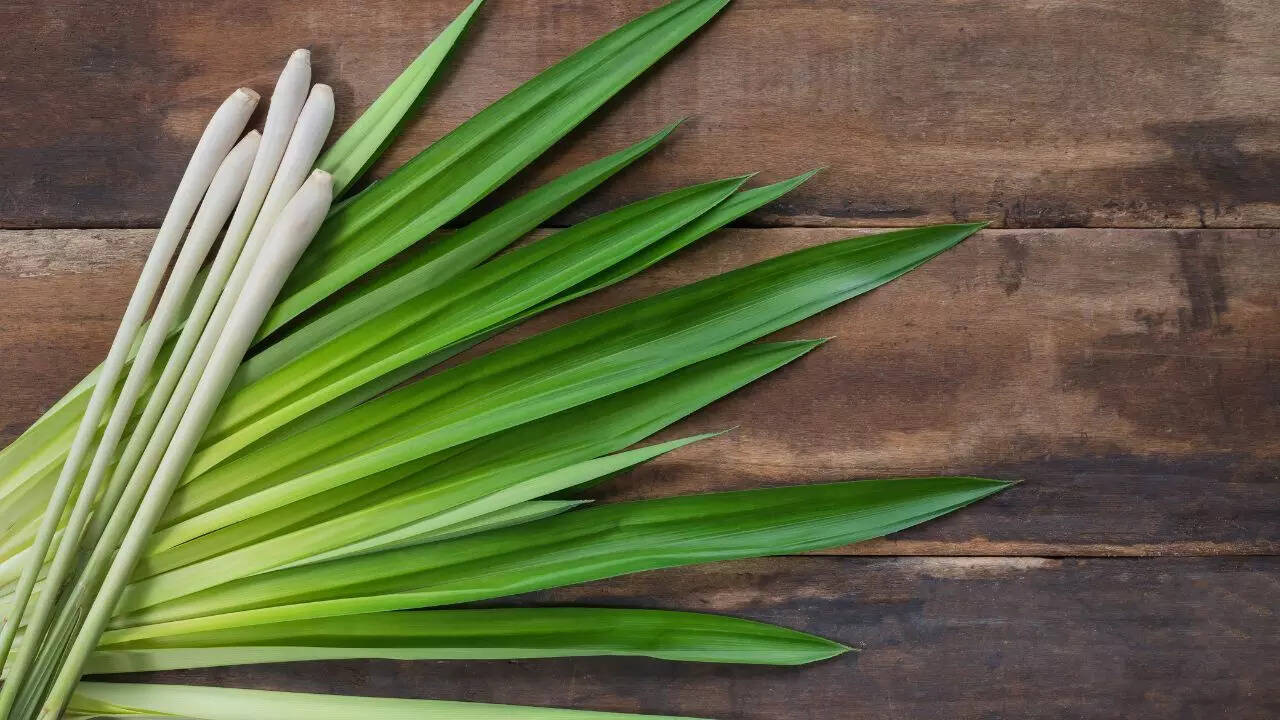
Lemongrass (Cymbopogon citratus) has a strong citrus scent that repels mosquitoes and likely flies. As a tropical plant, it grows as a perennial in zones 8 through 11 but can be container-grown and brought indoors during colder months. Lemongrass requires regular watering and full sun. Its long stalks can be used in cooking, particularly in Asian-inspired dishes, providing both a natural pest deterrent and a culinary herb.
Bee balm
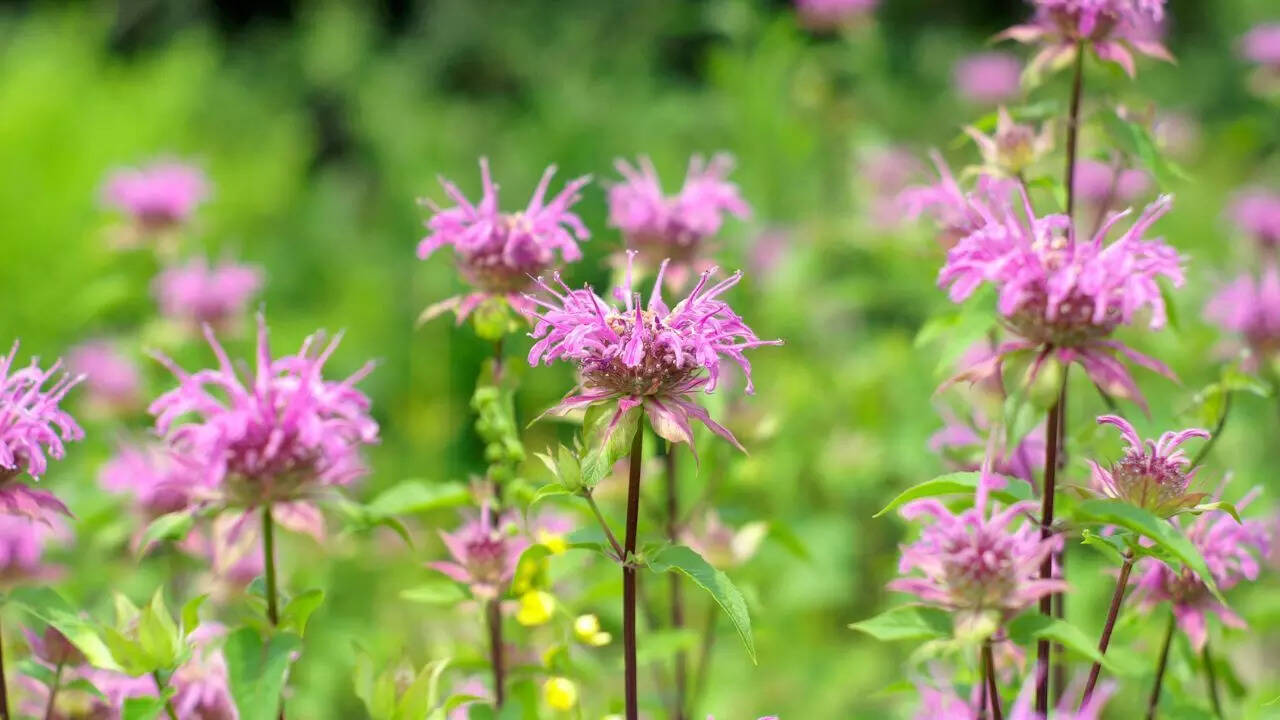
Bee balm (Monarda didyma) is an herbaceous perennial with a strong scent that attracts pollinators while deterring flies and other insects. Growing in zones 4 through 9, it is resistant to deer and rabbits, making it an ideal border plant. Bee balm produces bright scarlet flowers that enhance the visual appeal of any garden or container, while simultaneously serving as a natural insect barrier.Integrating these 12 essential garden plants into your outdoor spaces offers a natural, safe, and beautiful way to repel flies. From aromatic herbs like basil, mint, and rosemary to flowering options such as pyrethrum daisies, marigolds, and bee balm, each plant combines aesthetic appeal with practical pest control. By strategically planting these herbs and flowers in your garden, around patios, or in containers, you can enjoy your summer activities without the annoyance of flies. Beyond their insect-repelling properties, many of these plants also attract pollinators, enhance your culinary options, and create a healthier, more vibrant garden environment.Also Read: Don’t plug these 7 dangerous devices into extension cords: Protect your home from electrical hazards











